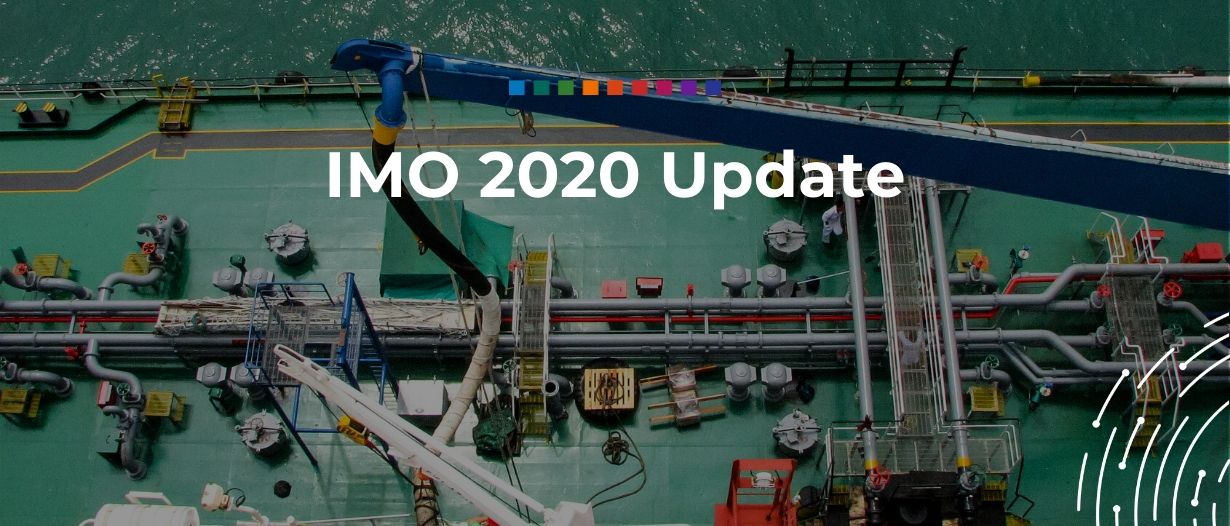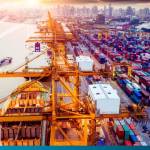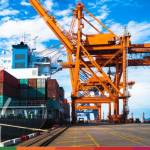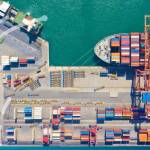The biggest global reduction in sulphur content for marine fuels has now come into force (from the 1st January 2020). Shipping companies will need to axe sulphur emissions by around 85%m and with this in mind, what could these new limits mean for trade, freight forwarding prices and the global economy? TFG investigates.
What is IMO?
IMO stands for the International Maritime Organization, a United Nations agency responsible for the safety and security of shipping and for the prevention of pollution by ships. As a UN agency and the global standards authority in the marine and international shipping space, the IMO creates universal rules and standards.
What is IMO 2020?
Following on from conversations initiated in October 2016, the agreement to implement a 0.5% sulphur limit for marine fuels by 2020 was made at the IMO Marine Environmental Protection Committee meeting.
Cargo ships typically use heavy residue from crude oil; “bunker oil”, to fuel. However, once combusted, the crude oil emits sulphur oxides, which are known to be harmful to the environment, as well as human health. In efforts to protect the environment and meet the UN Sustainable Development Goals (SDGs), the IMO regulations, which first came into effect in 2005, are set out to significantly reduce the emissions of SOx. Known as MARPOL (Annex VI of the International Convention for the Prevention of Pollution from Ships), the most recent regulation is designed to reduce the levels of sulphur in fuel from 3.5% to 0.5% mass by mass (m/m).
Infographic: Key Facts and Figures for IMO 2020
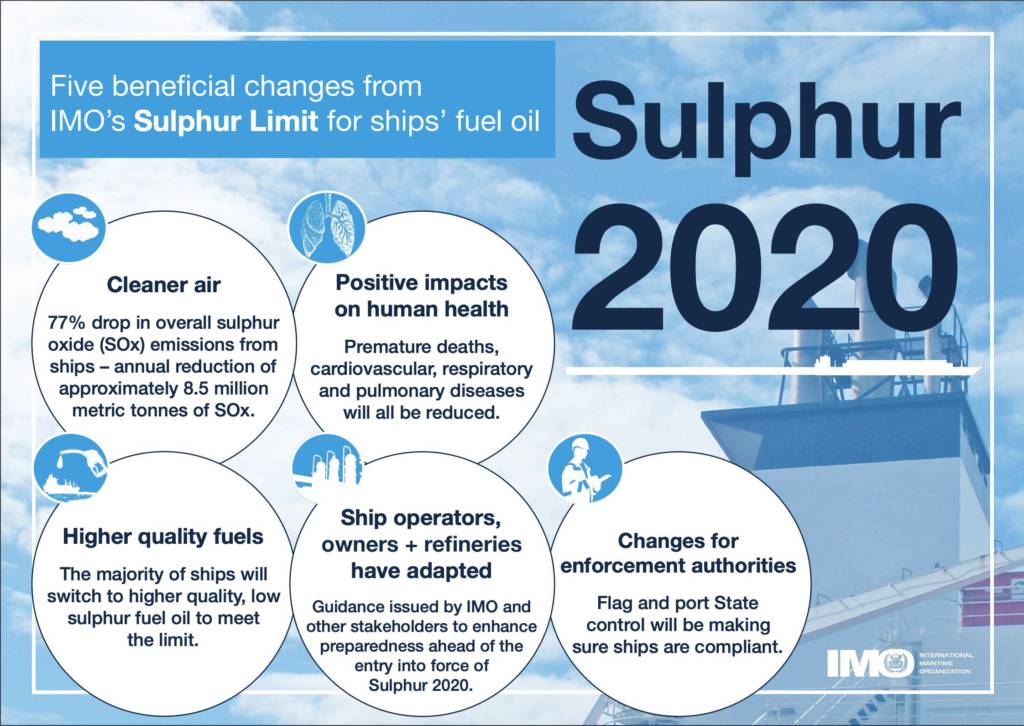
5 beneficial changes from IMO’s Sulphur Limit for ship’s fuel oil
1 – Cleaner Air – Cutting sulphur emissions helps prevent acid rain, meaning less harm to crops, forests and aquatic species, as well as tackling ocean acidification. The 77% drop in overall sulphur oxide (SOx) emissions from ships is expected to yield an annual reduction of approximately 8.5 million metric tonnes of SOx
2 – Positive impacts on human health – Premature deaths (some 100k deaths per year are attributed to sulphur oxide poisoning); asthma, cardiovascular, respiratory and pulmonary diseases will all be reduced
3 – Higher quality fuels – The majority of ships will switch to higher quality, low sulphur fuel oil to meet the limit
4 – Ship operators, owners + refineries have adapted – Guidance issued by IMO and other stakeholders to enhance preparedness ahead of the entry into force of Sulphur 2020
5. Changes for enforcement authorities – Flag and port State control will be making sure ships are compliant
Key facts on IMO 2020
- 1 January 2020 – When IMO 2020 comes into force
- 80% – The total required reduction of sulphur
- 3.5 wt% – Current maximum fuel oil sulphur limit
- 0.5 wt% – New maximum fuel oil sulphur limit
IMO 2020 Regulations and Compliance
IMO 2020 compliance significantly impacts supply chains. Vessel operators have been encouraged to use scrubbers, switch to non-petroleum based fuels such as LNG, or use LFSO / VLSFO fuels.
This global regulation is one of the strictest for the marine sector in decades. The regulation has affected oil markets, vessel operators and oil refineries, as well as both global shipping zones and Environmental Control Areas (ECA Zones).
The policing of IMO 2020 is done by the Port State Control, a representative in every state. The penalties of not complying with IMO 2020 could be high penalties and fines, ship arrest and even imprisonment of the captain.
Scrubbers Deep Dive:
A flurry to install scrubbers, which are one of the cheapest solutions for shipping companies to remove particulate matters such as sulphur oxides (SOx) and also nitrogen oxides (NOx), to help control pollution coming out of marine engines. It is estimated that around 15% of fuel oil demand will be addressed by the installation of scrubbers on ships, which will allow them to continue to use their current fuel oils. The cheapest option, it’s forecasted that payoff times for scrubber installation are around 12 months.
The demand for ordering scrubbers has, as predicted, dramatically increased since mid 2018. According to IHS Markit, some 17000 vessels have been estimated to be fitted between mid 2019 and January 2020 to meet demand.
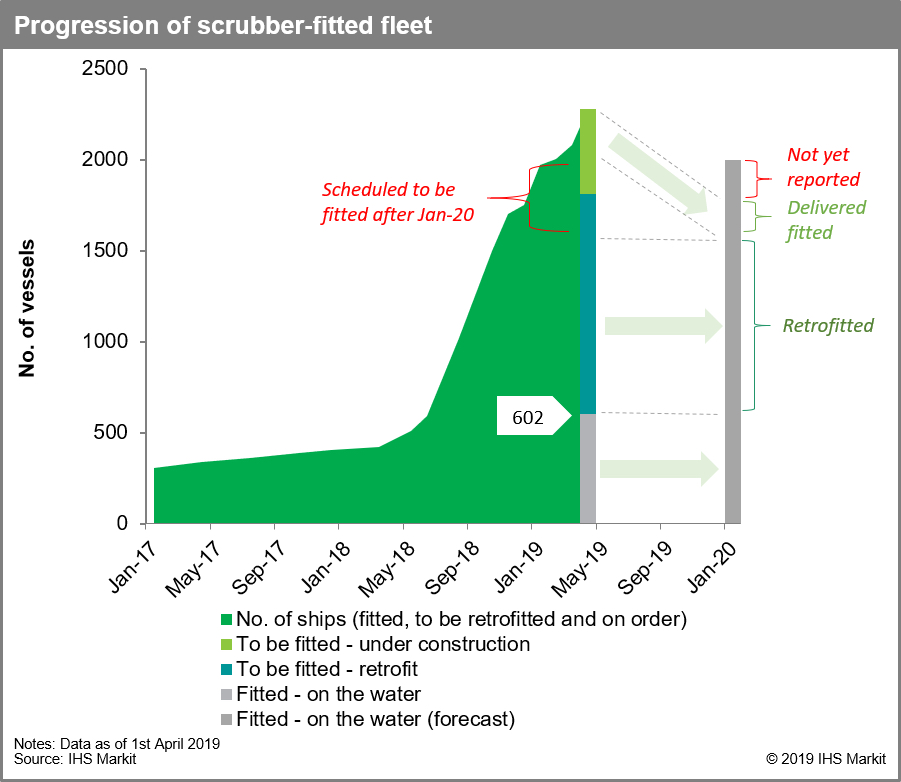
Scrubbers are questionable though in terms of their environmental impact. The waste water generated from certain types of scrubbers is known to have environmental challenges, particularly ‘Open Loop Scrubbers’, although there is no conclusive scientific evidence according to Reuters. The ports of Fujairah and Singapore have banned open-loop scrubber discharges, and many other major ports have partial scrubber restrictions in place.
Other more expensive methods include using low sulphur oil and using cylinder lubrication to neutralise sulphur that’s present in the marine fuel. However, there is currently not enough sub 0.5% sulphur fuel oil available in the market to entirely replace high sulphur fuel oil (HSFO).
Key Information: Surcharges and Costs
It is estimated that bunker fuel prices are expected to increase dramatically in 2020, given the capacity to meet low sulphur demands simply does not exist.
Shipping companies will need to purchase very low sulphur fuel oil, which is a significant investment, likely to be passed on to end customers. Alternatively, Liquefied Natural Gas (LNG) might be used to power some of the more modern container ships. A slightly cheaper solution would also be to introduce and use scrubbers.
Does this impact trade and commodity finance?
IMO 2020 is expected to significantly change supply and demand dynamics within global supply chains and shipping. By reducing sulphur emissions and tightening the regulations around fuels allowed in vessels and container ships, the demand of HSFO will likely be reduced in lieu of LSFO. LNG will also have a limited uptake due to the relatively lower numbers of vessels that can use this. IMO 2020 ‘favoured’ crude oil barrels comes from West Africa, and the US Gulf Coast which produces favourable low sulphur blends Sulphur blends, whereas Middle Eastern oil holds a higher 1.4% sulphur concentrate in its typical blends, according to Petroleum Economist. That said, the story is a lot more nuanced, as the better and more complex refineries (e.g. Jamnagar refinery in India and the US Gulf Coast refineries) are able to distillate their mixes to a greater degree to suit low sulphur mixes.
On the figure below, the sour heavier blends typically yield the highest concentrations of sulphur (not favoured under IMO 2020 rules) whereas the sweeter lighter blends are likely to see increased demand in 2020:
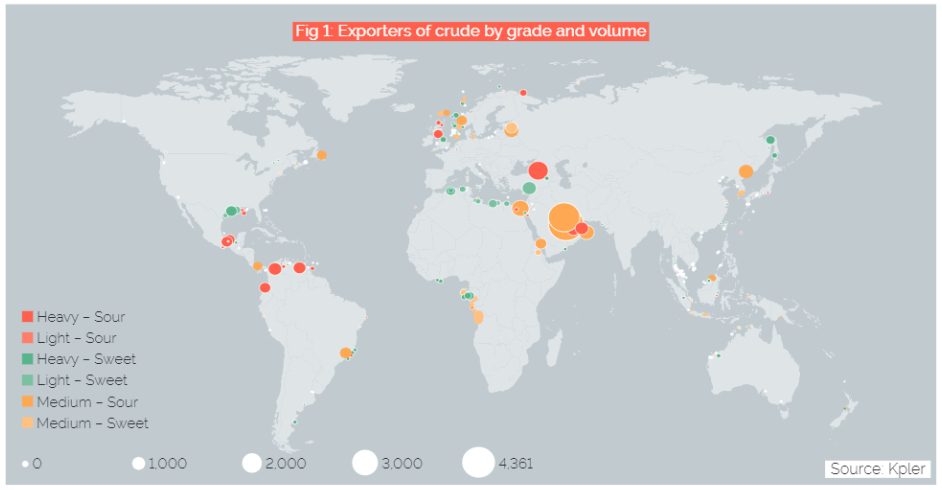
For trade and commodity finance, some of the biggest shipping and logistics companies have already announced increased prices for new contracts to their clients to cover the investments and cost of adhering to these new regulatory requirements. At the same time, oil majors have also committed to producing LSFOs that meet the 0.5% sulphur requirements under IMO 2020 rules. Therefore, for all importers and exporters, increased transport costs are likely to be seen.















